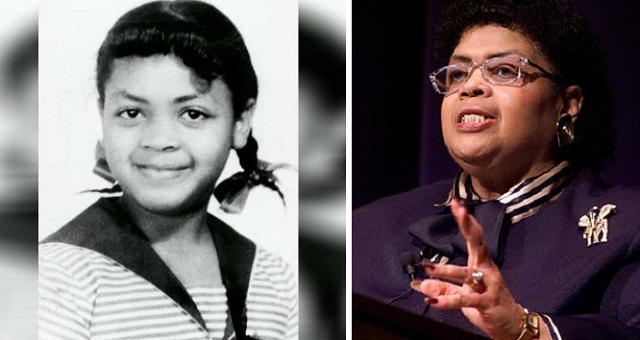
Washington, United States | AFP | Linda Brown, who was at the center of the landmark 1950s court battle leading to the desegregation of US public schools, died on Monday at age 75.
The US Supreme Court ruling on the Brown v. Board of Education case in 1954 was a key moment in the movement to end widespread discriminatory practices against black people in the United States — but discrimination, racism and racial tensions still plague the country more than 60 years later.
“Linda Brown Thompson 75, of Topeka (Kansas), passed away March 25, 2018 at Lexington Park Nursing & Post Acute Center,” according to an obituary provided by her sister, Cheryl Brown Henderson.
She is survived by a son and a daughter as well as other relatives, it said.
Brown “is one of that special band of heroic young people who, along with her family, courageously fought to end the ultimate symbol of white supremacy — racial segregation in public schools,” Sherrilyn Ifill, president of the National Association for the Advancement of Colored People’s Legal Defense and Educational Fund, said in a statement.
“She stands as an example of how ordinary schoolchildren took center stage in transforming this country,” she said.
“It was not easy for her or her family, but her sacrifice broke barriers and changed the meaning of equality in this country.”
The NAACP spearheaded the legal battle against school segregation in the US, an effort that involved Brown and many other students and their parents from several states and the US capital.
In the early 1950s, Oliver Brown sought to enroll his daughter in an all-white school near the family’s home in Topeka, but was told she had to go to an all-black school that was farther away.
Instead, he turned to the courts for justice, as did others.
Cases from Kansas, Delaware, South Carolina and Virginia as well as the capital, Washington, were ultimately combined when they were appealed to the US Supreme Court, becoming the ground-breaking Oliver Brown v. Board of Education.
On May 17, 1954, the Supreme Court unanimously ruled that segregation was unconstitutional.
– ‘An incredible impact’ –
But segregation was far from over despite the court ruling, and integration was bitterly opposed by some whites.
President Dwight D. Eisenhower deployed American soldiers after the Arkansas governor sought to block African-American students from being integrated into an all-white high school in the state’s capital Little Rock in 1957.
Though segregation was illegal in schools after the Brown v. Board ruling, it nonetheless continued because of opposition from racists, as well as due to the prevalence of separate black and white neighborhoods, which led to de facto segregation in local schools.
Busing students from their home neighborhoods to schools in other areas was begun to address the situation, but that move was still being contested more than 20 years after Brown v. Board.
 The Independent Uganda: You get the Truth we Pay the Price
The Independent Uganda: You get the Truth we Pay the Price


